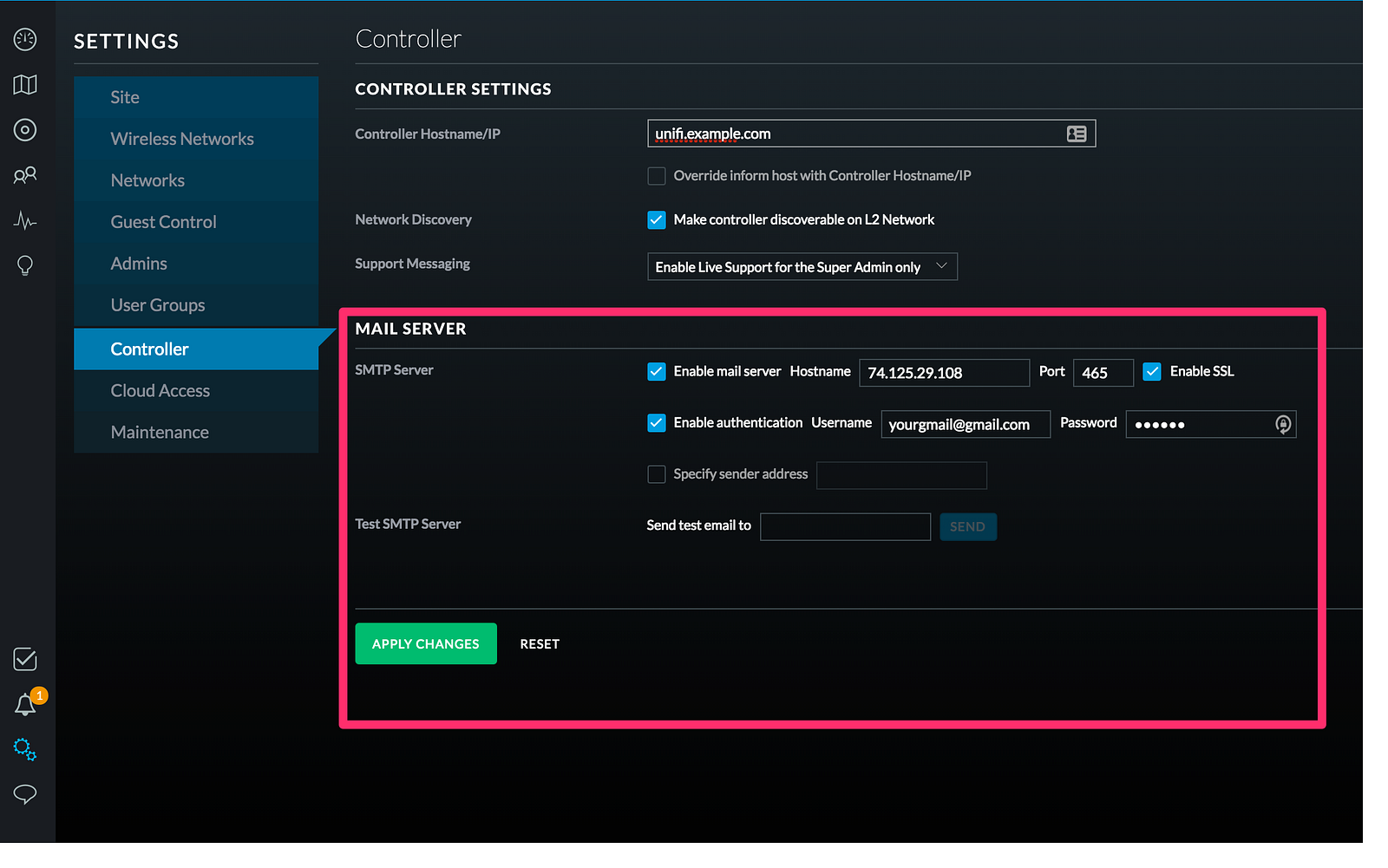Unifi Port 8080 Is Used By Other Programs Startup Failed Due

I saw 'Start-up failed' or 'Server taking too long to start'. What happened? Mostly likely one or more ports needed by UniFi are being used by other programs. Unifi.http.port=8080 (device inform); unifi.https.port=8443 (controller UI / API); portal.http.port=8880 (portal redirect port for HTTP); portal.https.port=8843 (portal.
Was this useful? Help us identify your favorite articles by clicking on the thumbs up at the bottom of the page. And if you think this article is not useful, please let us know why by clicking on the feedback link below! Overview This article describes how to change ports from their default assignments. Find the different default ports in our article. Table of Contents • • • • Steps - How to Change Ports UniFi gives operators the freedom to change these ports from their default assignments. By using a network utility (, etc.), users can determine which ports are in use/opened/closed. The steps are outlined below: • Close any instances of UniFi software running on controller(s) • Modify the file system.properties accordingly—the file can be found in the directory /data/system.properties • Make sure all ports needed by UniFi are available • Restart UniFi IMPORTANT: Make sure not to place any spaces, comments, or other characters after any of the custom lines as the controller will ignore your customizations if you do so. Example (Windows) • Run “netstat – ano” command in the command line. • Locate the PID for the mentioned port in use.
• Open task manager and select view and select columns, put a check for PID (process identifiers) • Check the process corresponding to the PID located for the port during step 2. • End the process if it is possible. • If not possible go on the location /data and open the system file with word or notepad. Note: Not sure where to find? • Modify this file to change the port that was in use.
For example if port 8081 was in use you would modify the line 'unifi.shutdown.port=8081' to something like 'unifi.shutdown.port=8089' assuming port 8089 was not already in use. Note: In the event that the controller software has either never run on the system, or can't run because of a port conflict, then either the controller software (assuming no existing port conflict) or the UniFi Discovery Utility, needs to be run (which will also generate the system.properties file.).

[EN ] FHEM is mainly used for home automation, but it is suitable for other tasks too, where notification, timers and logging plays an important role. It supports different hardware devices to interface with certain protocols (e.g. FHZ1000PC to interface FS20 and HMS, CM11 to access X10), and logical devices like FS20 or FHT to digest the messages for a certain device type using this protocol.
FHEM is modular. The different devices are represented through modules which implement certain functions (e. Desenclos Saxophone Quartet Pdf To Excel. g. Define, get, set).
Even seemingly integral parts of FHEM like triggers () and timers () are implemented this way, giving the possibility to replace/extend this functionality. FHEM is controlled through readable / ascii commands, which are specified in files (e.g. The configuration file), or issued over a TCP/IP connection, either directly in a telnet session, with a fhem.pl in client mode or from one of the web frontends.
When starting the server you have to specify a configuration file: perl fhem.pl fhem.cfg A reasonable minimal configuration file looks like: attr global log/fhem.log attr global. Attr global log/fhem.save define telnetPort 7072 global define WEB 8083 global Note: the last two lines are optional and assume you wish to use the builtin telnet and WEB interface.
The web interface can be reached at TCP/IP communication with FHEM can either happen in a 'session' (via telnet) or single client command (via fhem.pl). Example: telnet 7072 (This newline switches into 'prompt' mode). Quit or fhem.pl:7072 ' '.' If a OS-user called fhem exists, and FHEM is started as root, FHEM will automatically change to to this user via setuid. FHEM command types. [EN ] The commands,,,,,,,,, can take a more complex device specification as argument, which will be expanded to a list of devices.